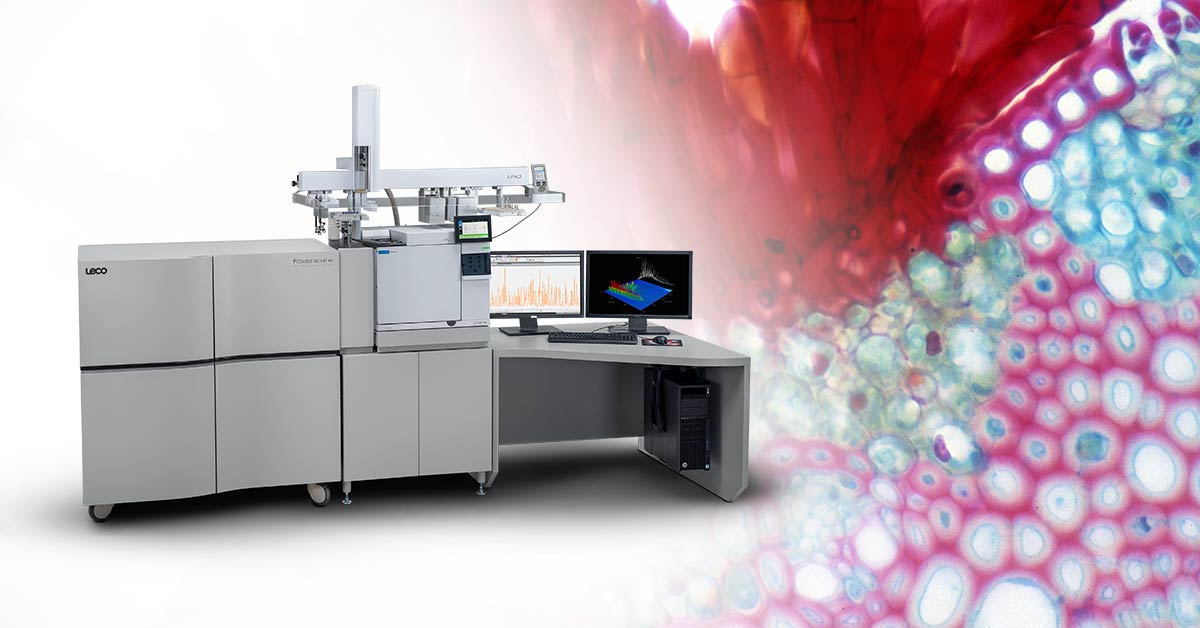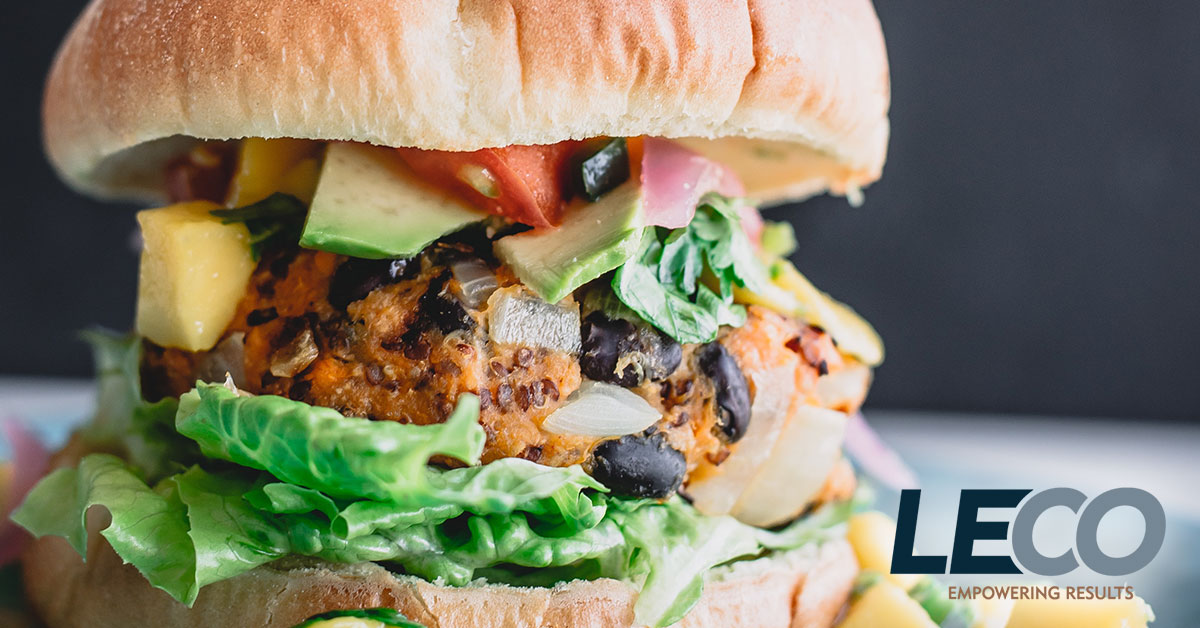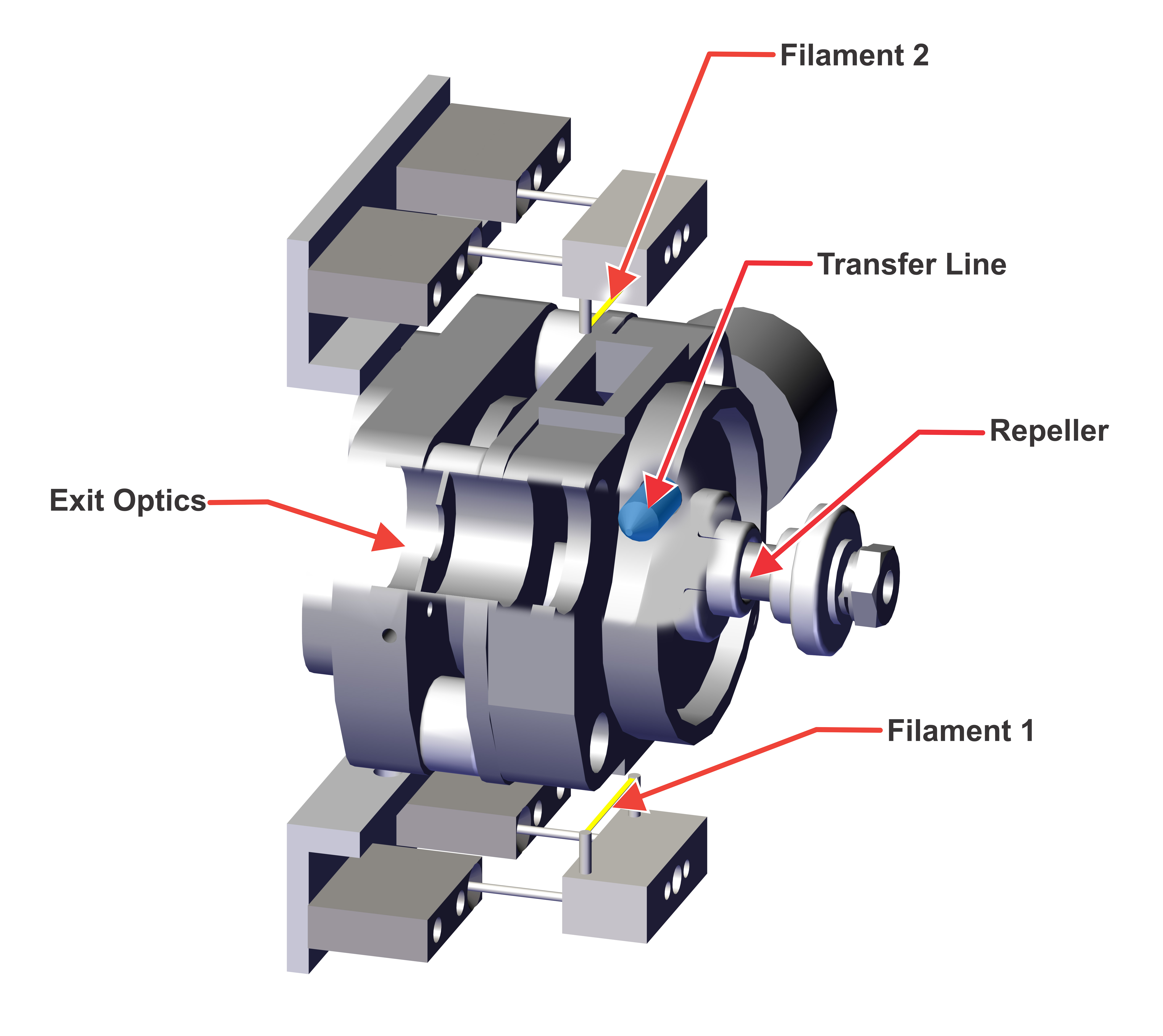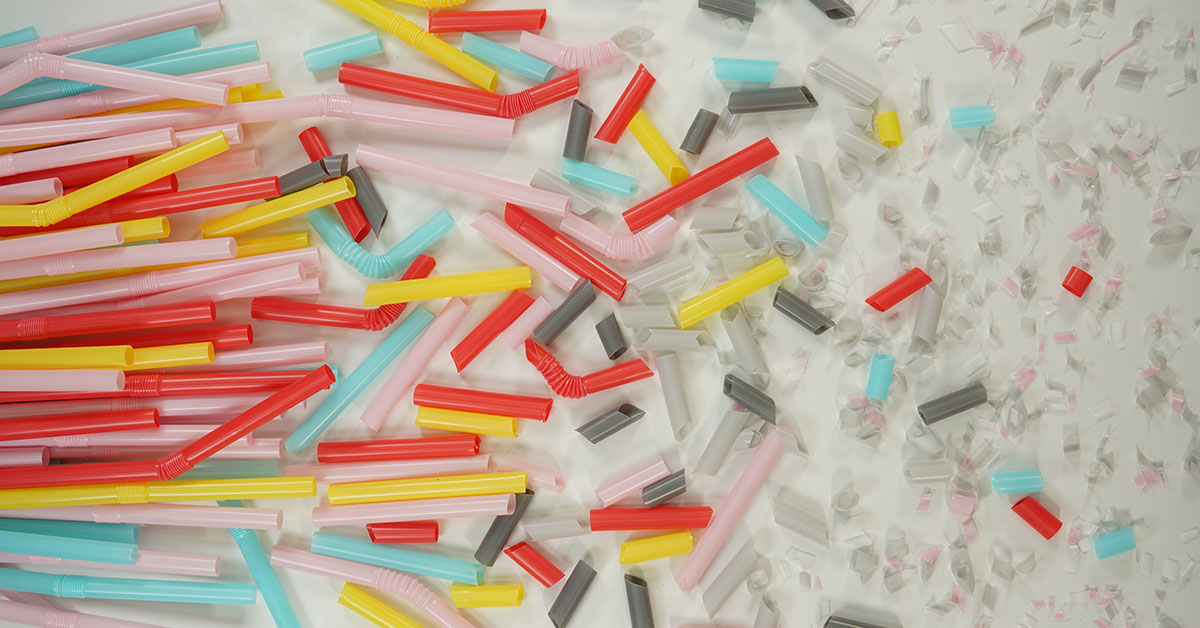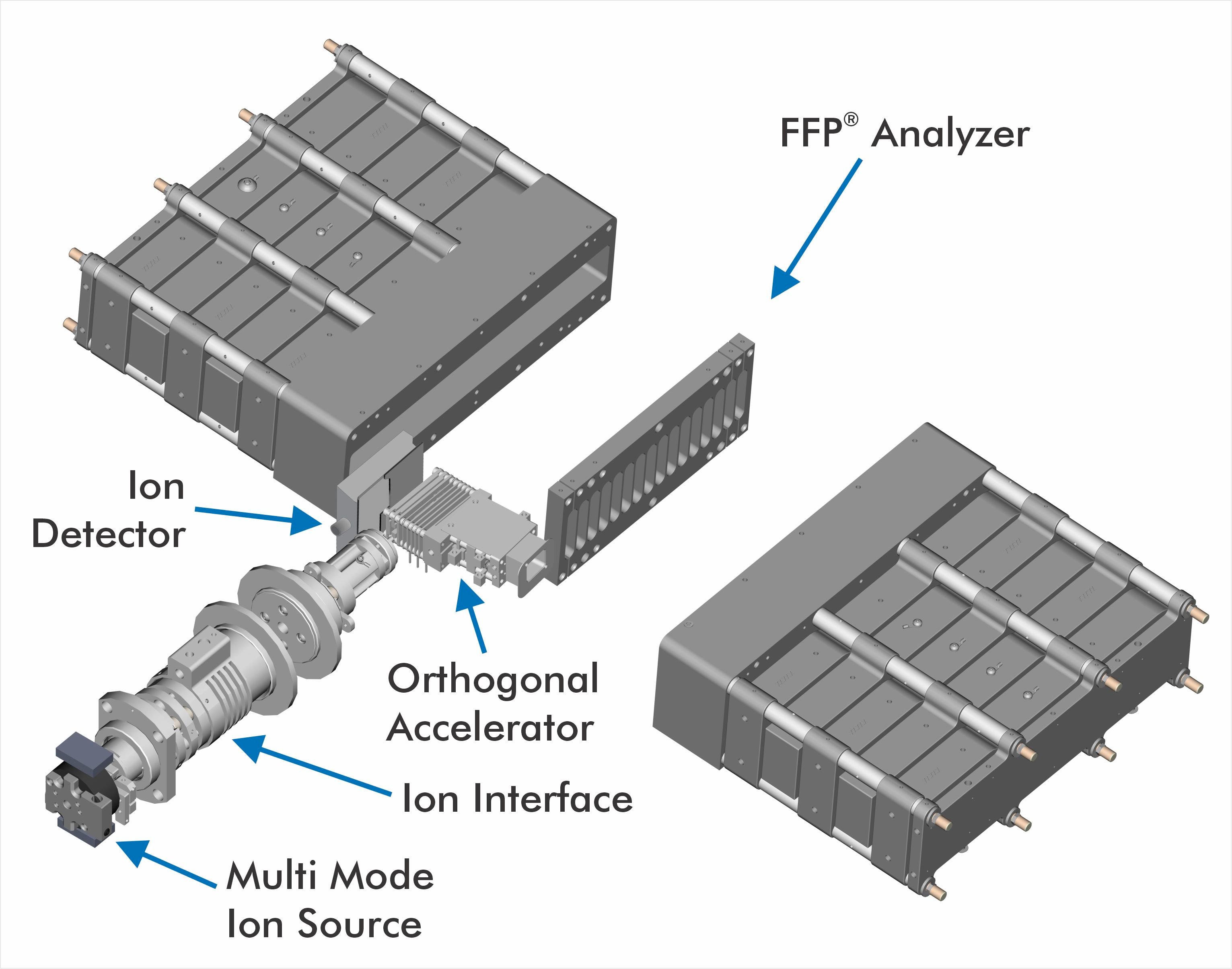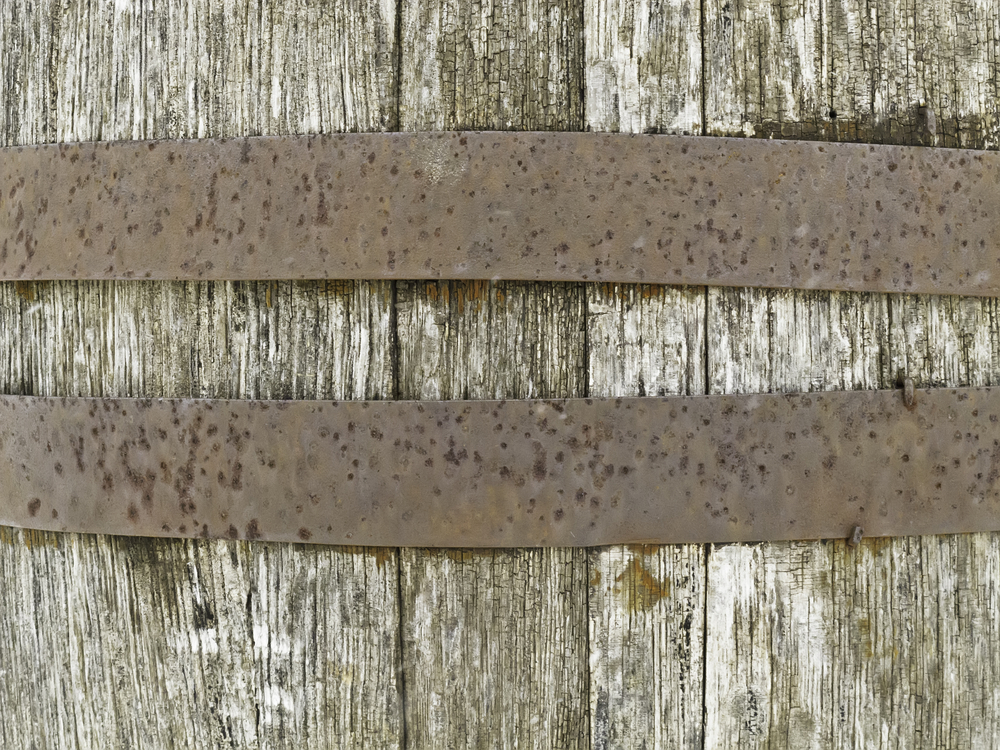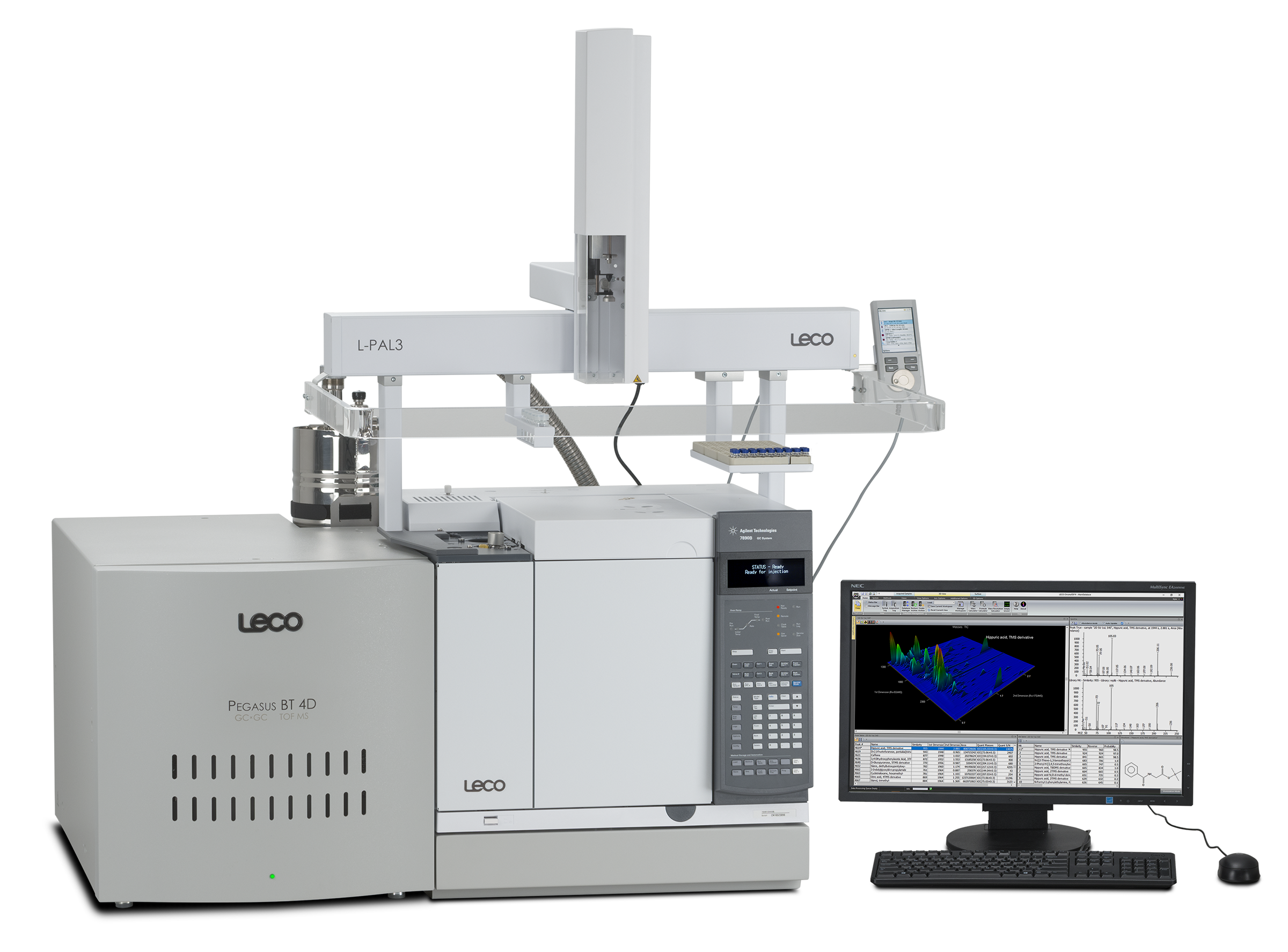On Friday, October 22, LECO hosted three GC-TOFMS experts for a spooky mass spectrometry symposium. Shari Forbes spoke about death and decomposition, Albert Lebedev gave a talk on mummies, and Jane Hill started the day with a look into diseases and a new method of diagnosing them.
LECO Africa mass-spectrometry posts (Page 1 of 13)
Topics: Separation Science Mass Spectrometry, Separation Science, Mass Spectrometry, Pegasus 4D, GCxGC, Metabolomics
Here at LECO, we have been celebrating Farai-Day (Fri-day) every week for fourteen years! Our new Director of Separation Science Customer Success, Farai Rukunda has been a force of positivity and solutions ever since he accepted his first position as a training specialist. Farai joined host Andrew Storey on LECO's podcast: Measured Science.
Topics: Separation Science Mass Spectrometry, Separation Science, Mass Spectrometry, Podcast
Both lemons and limes have strong citrus odors, but the difference between these fruits is wide at an analyte level. Identifying these differences is not as easy as it first seems, but the Pegasus® BT and the automated data processing software included in its ChromaTOF® brand software make finding the peaks easy.
Topics: ChromaTOF, Separation Science Mass Spectrometry, Separation Science, Pegasus BT, Mass Spectrometry, GC-MS
Sustainability is on everybody’s mind these days. Companies want to create products that are better for the environment and consume fewer resources. Unilever is no exception. This forward-thinking flavor company has recently been pushing to develop new and delicious plant-based protein substitutes that are more sustainable than meat-based protein but no less healthy (or, preferably, even more healthy!). However, as Unilever scientists Hans-Gerd Janssen and Ed Rosing explain, nature made a pretty delicious protein in the form of meat, with a very distinct flavor and mouth-feel. Creating a substitute isn’t easy.
Topics: ChromaTOF, Separation Science Mass Spectrometry, Separation Science, Pegasus BT, Mass Spectrometry, Pegasus GC-HRT 4D, Pegasus 4D, ChromaTOF Tile, High Resolution Mass Spectrometry
The pressure to save money is everywhere these days. The changes due to COVID-19 have only exacerbated the age-old question your own lab has probably asked: how can we cut costs? One hidden expense in a GC-MS lab setting is the cost of cleaning your instrument's ion source.
Topics: Separation Science Mass Spectrometry, Separation Science, Pegasus BT 4D, Pegasus BT, Mass Spectrometry, GC-MS, StayClean, GCxGC
Microplastics are a ubiquitous presence in the world, found from Arctic snow to Antarctic ice and everywhere in between. There are trillions of microplastic particles floating on surface water, and everyone from infants to adults are presumed to be ingesting anywhere from dozens to tens of thousands of these particles every day. But the science of microplastics, especially the incredibly tiny, potentially-cell-disrupting nanoplastics, is only just beginning. The effects of these microplastics isn't well known, largely because the scale of microplastics isn't well known. They are, by definition, difficult to see.
Unless you're looking in a second dimension.
Topics: Separation Science Mass Spectrometry, Separation Science, Mass Spectrometry, GCxGC
The first Time-of-Flight (TOF) mass spectrometer was proposed in 1946, and the design has been refined and iterated upon ever since. With an unlimited mass range visible in each spectrum and a high spectral generation speed, the advantages of TOF mass spectrometry were immediately clear. Though the instruments improved, they did eventually hit physical limitations that restricted the resolving power. More work had to be done.
Topics: Separation Science Mass Spectrometry, Separation Science, Mass Spectrometry, GC-MS, Folded Flight Path, High Resolution Mass Spectrometry
Charred oak barrels that were once used to age bourbon have found new life as they get repurposed for a variety of foods and beverages to add a new flavor profile to familiar delicacies. But how much can an old bourbon-soaked barrel change the chemical makeup? LECO used ChromaTOF® Tile to differentiate regular and barrel-aged maple syrups and quantify the difference.
Topics: Separation Science Mass Spectrometry, Separation Science, Pegasus BT 4D, Mass Spectrometry, GCxGC, ChromaTOF Tile
For years, environmentalists have known about the contamination of DDT in the ocean waters off the California coast. Montrose Chemical Corporation, the largest producer of DDT in the United States from 1947 until 1982, was infamously dumping chemical waste from their manufacturing process into the sewer system, contaminating the Palos Verde Shelf and eventually requiring the area to be designated as a Superfund site in an attempt to clean up the environmental damage. However, the known DDT contamination did not seem to be enough to explain the abnormally high cancer rates in the local sea lions.
Chasing a hunch, David Valentine, a professor of geochemistry and microbiology at UC Santa Barbara, dove deeper.
Topics: Separation Science Mass Spectrometry, Separation Science, Mass Spectrometry, Pegasus GC-HRT 4D, GCxGC, Environmental
Food contamination by mineral oil hydrocarbons (MOH), which is usually separated into the subclasses of MOSH (Mineral Oil Saturated Hydrocarbons) and MOAH (Mineral Oil Aromatic Hydrocarbons), is a growing concern across the EU and the world. In 2012, the European Food Safety Authority flagged them as a potential health concern, and the increasing research since then has only been expanding our understanding of these hydrocarbons. However, the two main analytical methods suggested to quantify these substances, either an off-line method consisting of a solid phase extraction (SPE) followed by a GC-FID analysis or an on-line, LC-GC-FID method, both can result in inaccuracies and leads to challenges in the end results. Some of these inaccuracies are due to the lack of a strong and robust confirmatory method. However, a GCxGC-TOFMS system, like LECO's Pegasus® BT 4D can help unveil the complexity of contaminated food samples. It has also been suggested by the EFSA to be used as a confirmatory tool in case of uncertain results from other standard methods.
Topics: ChromaTOF, Separation Science Mass Spectrometry, Separation Science, Pegasus BT 4D, Mass Spectrometry

